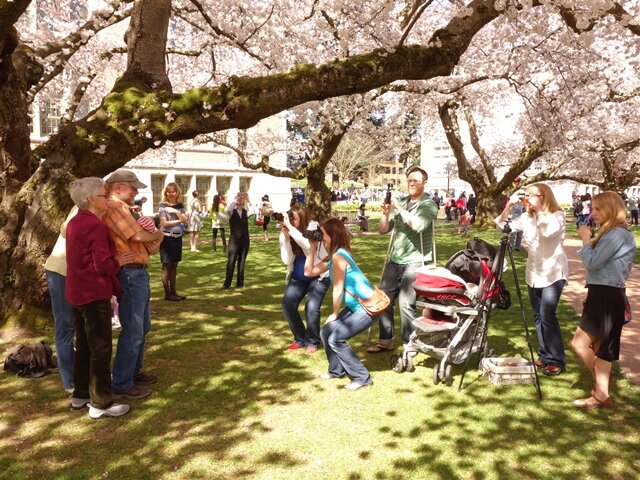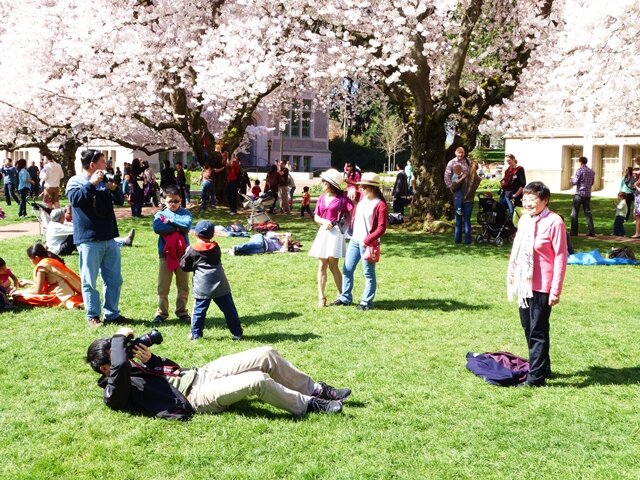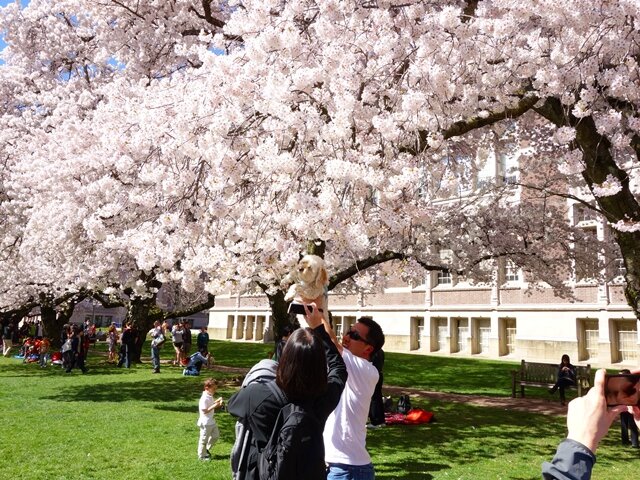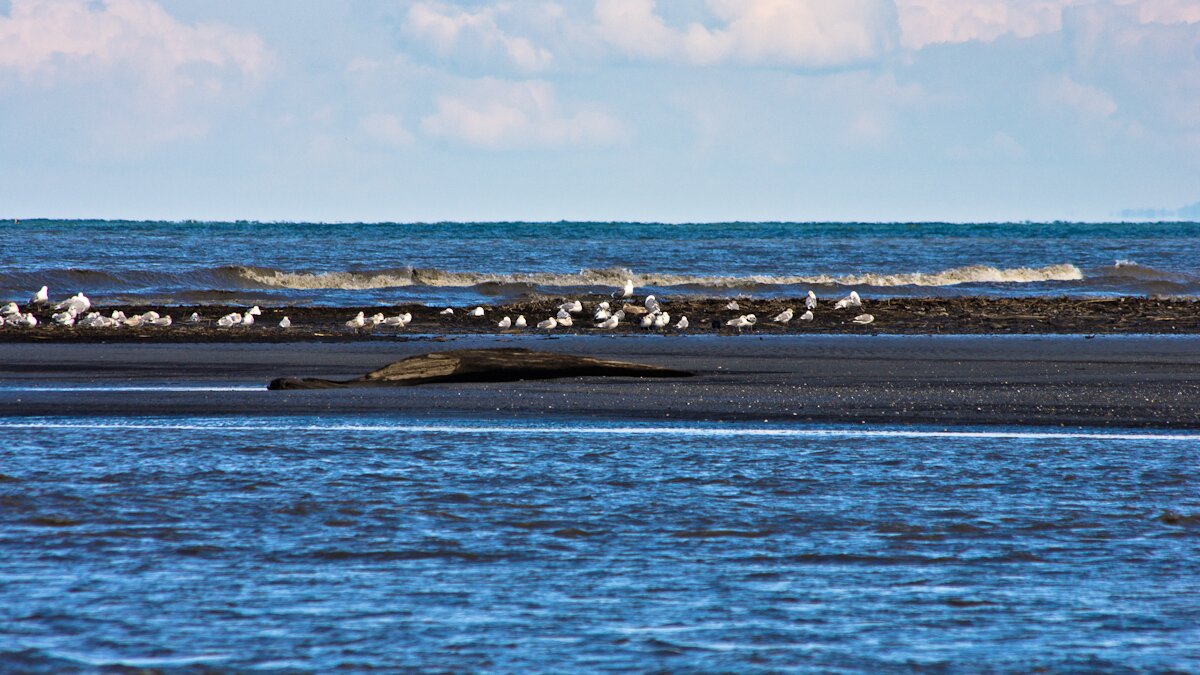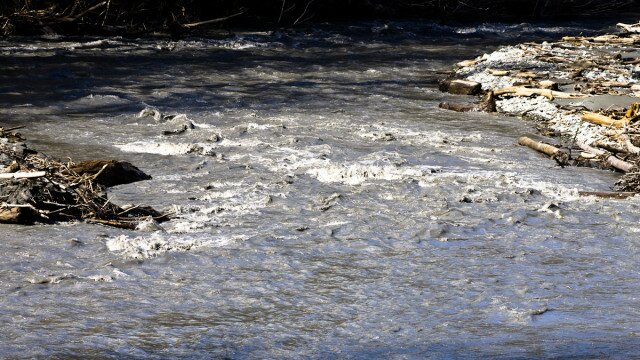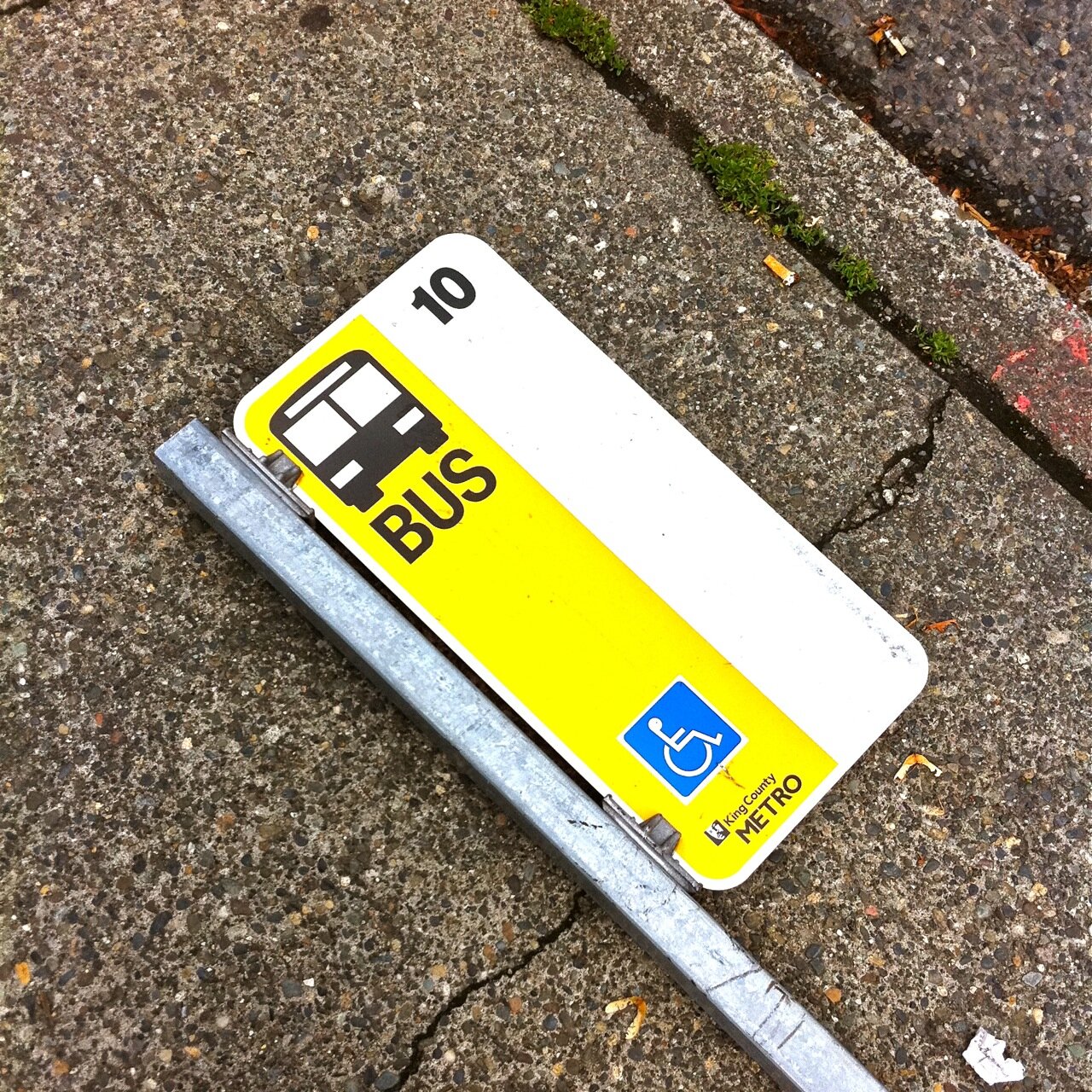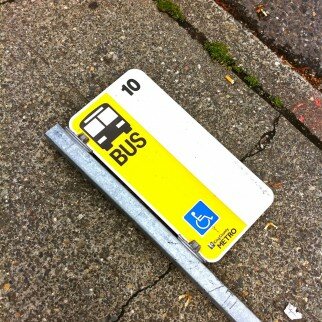On the chopping block are the worst-performing routes, based on metrics of riders-per-hour and riders-per-mile:
Routes at risk for deletion (65 routes): 7EX, 19, 21EX, 22, 25, 27, 30, 37, 48NEX, 57, 61, 76, 77EX, 82, 83, 84, 99, 110, 113, 114, 118EX, 119, 119EX, 123EX, 139, 152, 154, 157, 159, 161, 173, 179, 190, 192, 197, 200, 201, 203, 205EX, 210, 211EX, 213, 215, 216, 237, 243, 244EX, 250, 257, 260, 265, 268, 277, 280, 304, 308, 601EX, 907DART, 910DART, 913DART, 914DART, 919DART, 927DART, 930DART and 935DART.
Routes at risk for reductions and revisions (86 routes): 1, 2S, 2N, 3S, 3N, 4S, 4N, 5, 5EX, 7, 8, 9EX, 10, 11, 12, 14S, 16, 21, 24, 26, 26EX, 28, 28EX, 29, 31, 36, 41, 43, 47, 48N, 60, 65, 66EX, 67, 68, 70, 71, 72, 73, 106, 107, 116EX, 118, 121, 122, 125, 148, 156, 177, 181, 182, 186, 187, 193EX, 202, 204, 209, 214, 221, 224, 226, 232, 234, 235, 236, 238, 241, 245, 246, 248, 249, 255, 269, 271, 309EX, 311, 312EX, 331, 355EX, 372EX, 373EX, 901DART, 903DART, 908DART, 909DART and 931DART.
Cuts may seem perverse, since Metro’s ridership continues to increase: Two-thirds of Seattle’s 200,000 commuters don’t drive. If funding expires without replacement, two-thirds of Metro’s system would be disrupted. (Metro was granted a temporary $20 car tab fee to help it cope with recessionary impacts on its sales tax revenue, and has been receiving extra “construction mitigation” money from WSDOT as part of the deep-bore tunnel project, though that funding ends long before construction does.) With just a 17 percent reduction in service, Metro estimates an extra 20,000 to 30,000 cars will flood the roads.
The situation would actually be much worse, except that between 2009 and now, King Country Metro has made cost-cutting changes that it says totaled $726 million:
